Should You Remove All Weeds from Your Allotment Garden
In this blog, we’ll explore the most common weeds found on UK allotments, how to identify and manage them effectively, and whether some might actually be worth keeping around.
From dandelions in the path to bindweed climbing your runner beans, weeds have always been part of the allotment story. But in a changing gardening world, maybe it’s time to rethink our weed wars—and decide who really belongs.
What Is a Weed, Really?
A weed is simply a plant growing where you don’t want it. That might sound subjective—and it is. Many so-called weeds are native species with ecological benefits. Others are invasive or compete aggressively with crops. The trick lies in knowing which is which.Dandelion (Taraxacum officinale)
Identification : Bright yellow flowers that turn into fluffy seed balls. Deep, jagged-edged rosette leaves that ooze white sap when broken.
Pros : Edible leaves, flowers, and roots. Great for pollinators.
Cons : Deep taproot makes them hard to remove. Seed heads spread easily.
Use : Leaves can be eaten raw in salads or cooked. Flowers can be used in tea, wine, or fritters. Roots can be roasted as a coffee alternative or used in herbal medicine.
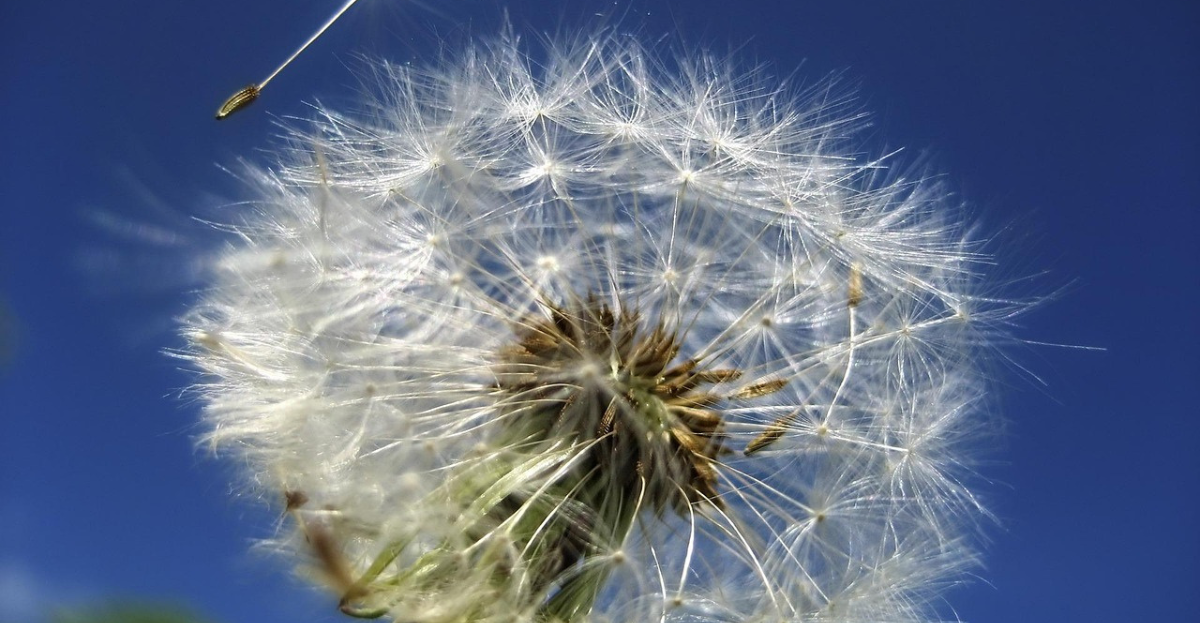
Bindweed (Convolvulus arvensis)
Identification : Thin, twining vine with arrow-shaped leaves and white or pale pink trumpet flowers. Spirals around stems and climbs anything nearby.
Pros : Attractive flowers.
Cons : Smothers crops. Spreads by deep roots and seeds. Extremely invasive.
Use : Limited. Not edible and should not be composted. Can be left to flower for pollinators before control, but must be carefully monitored.
.png)
Ground Elder (Aegopodium podagraria)
Identification : Light green leaves in groups of three leaflets with serrated edges. Umbrella-shaped clusters of tiny white flowers.
Pros : Edible in early spring.
Cons : Spreads aggressively through underground rhizomes.
Use : Young leaves can be cooked like spinach or added to omelettes, soups, and pestos. Once mature, it becomes bitter.

Couch Grass (Elymus repens)
Identification : Grass with long, flat leaves and white, wiry underground runners. Roots snap easily.
Pros : Helps prevent soil erosion.
Cons : Very invasive. Competes with crops.
Use : Roots have been used traditionally in herbal remedies (as a diuretic), but not widely used today. Best left out of compost unless thoroughly dried.
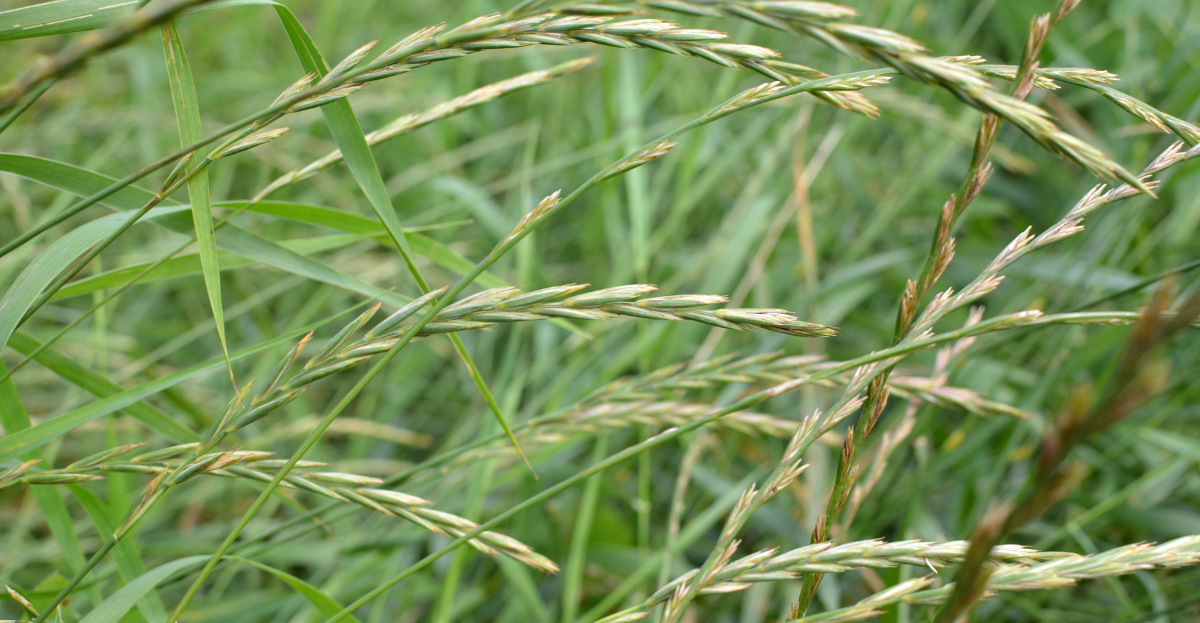
Chickweed (Stellaria media)
Identification : Low-growing mat with small green leaves and tiny white star-like flowers. Stems have a single row of hairs.
Pros : Highly nutritious and edible.
Cons : Spreads quickly and self-seeds readily.
Use : Edible raw or cooked—excellent in salads, soups, or stir-fries. High in vitamins and minerals. Also used in skin creams and herbal teas.
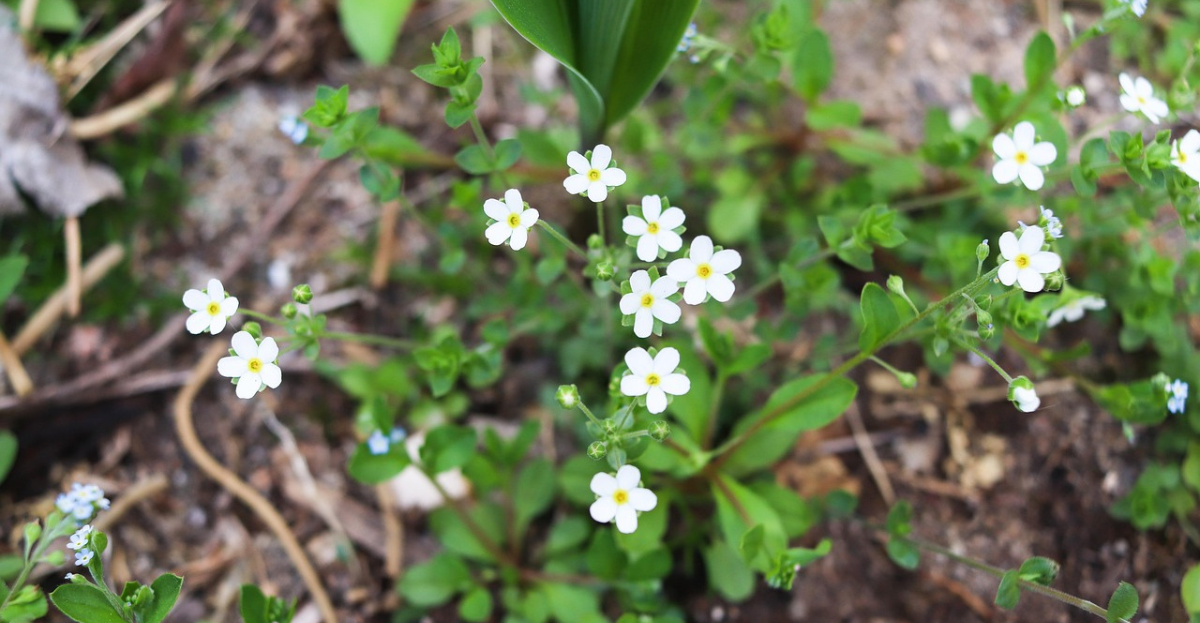
Nettles (Urtica dioica)
Identification : Tall plant with toothed, heart-shaped leaves and clusters of green flowers. Covered in stinging hairs.
Pros : Nutrient-dense and great for wildlife.
Cons : Painful sting. Spreads via rhizomes.
Use : Young tops are edible when cooked—use in soups, pesto, or tea. Excellent for composting or making liquid feed. Habitat for butterflies and ladybirds.
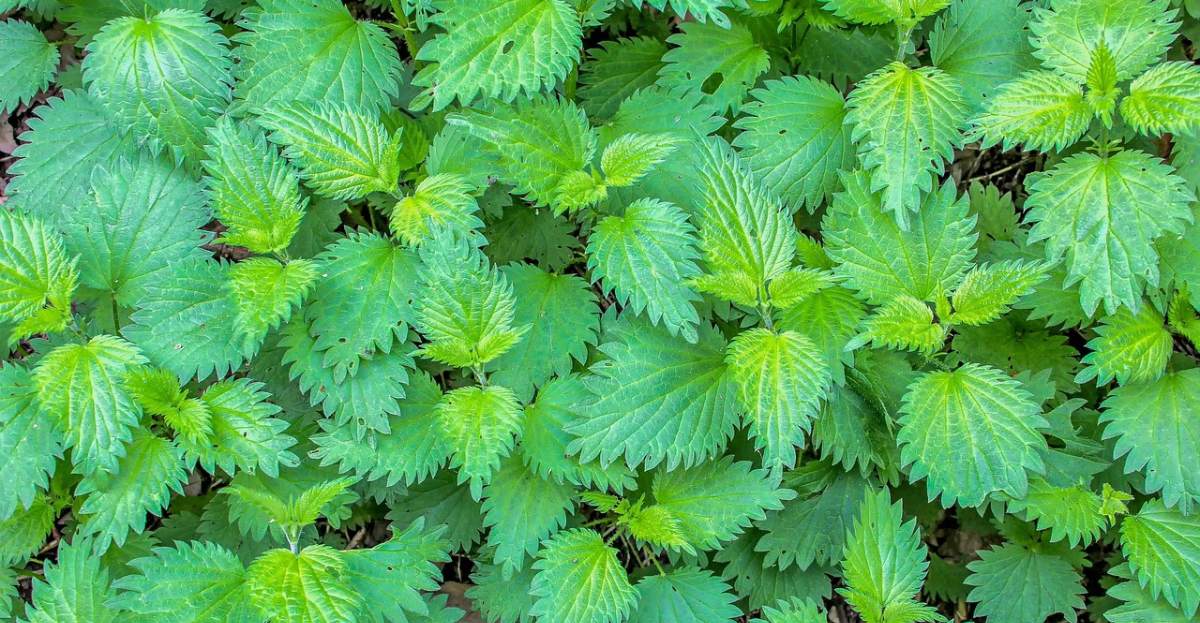
Dock (Rumex obtusifolius & Rumex crispus)
Identification : Broad, wavy-edged leaves and tall reddish seed spikes. Deep central taproot.
Pros : Soil indicator for compaction.Cons : Roots are hard to fully remove. Spreads easily.
Use : Young leaves can be eaten sparingly (cooked to reduce bitterness). Roots have traditional uses in dye and folk remedies. Not widely used culinarily.
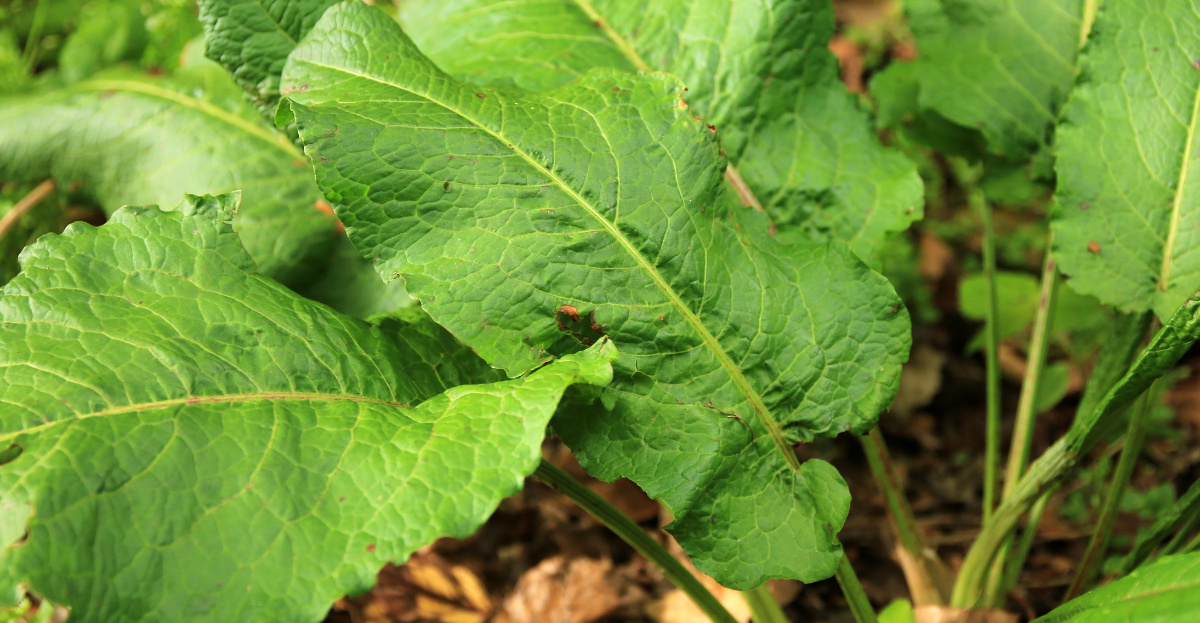
Horsetail (Equisetum arvense)
Identification : Primitive, fern-like plant with jointed, hollow stems. Looks like small bottlebrushes.
Pros : Survives poor conditions, improves soil awareness.
Cons : Extremely persistent and hard to remove.
Use : High in silica—can be steeped to make a natural fungicide spray. Historically used in polishing metal and wood. Not edible.
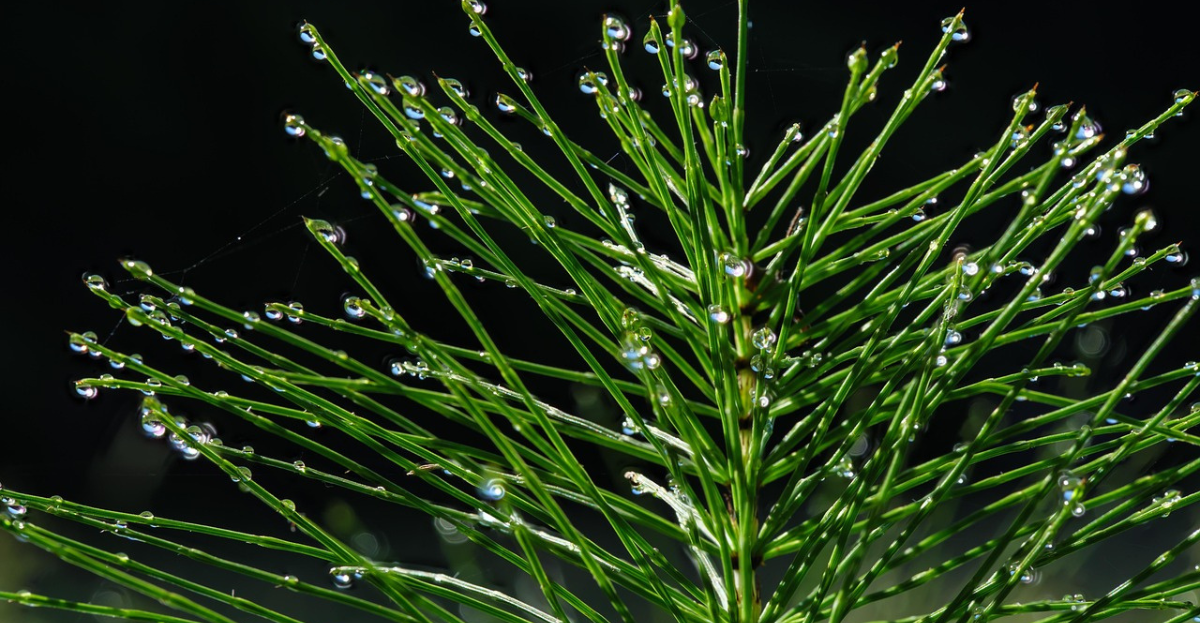
Cleavers (Galium aparine) – aka Sticky Willy
Identification : Scrambling or climbing plant with narrow leaves in whorls. Stems and leaves covered in sticky hooks.
Pros : Edible when young. Useful as a spring tonic.Cons : Rapid grower, smothers crops, and self-seeds prolifically.
Use : Can be juiced or infused for a gentle lymphatic detox. Young shoots edible (lightly cooked). Seeds can be roasted as a caffeine-free coffee substitute.
main column
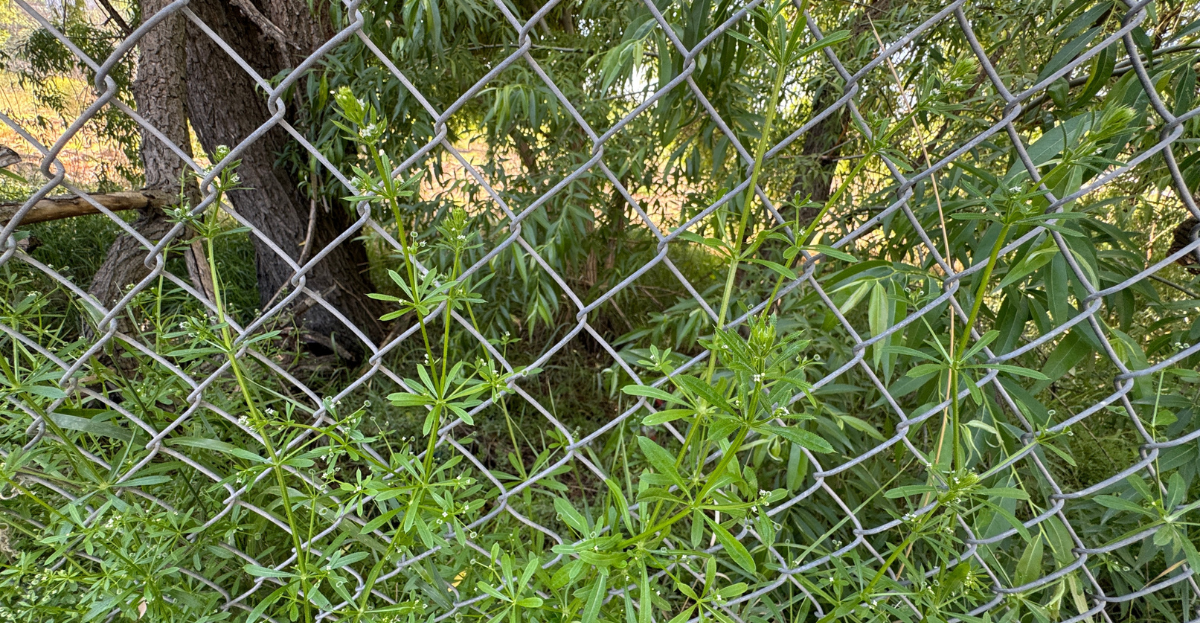
Japanese Knotweed (Fallopia japonica)
Identification : Tall, bamboo-like stems with purple speckles. Shovel-shaped leaves arranged in a zigzag. Creamy white flowers in late summer.
Pros : Early food source for pollinators.
Cons : Invasive, destructive to infrastructure. Legal restrictions on removal and disposal.

To Weed or Not to Weed?
The old-school approach was clear: eradicate weeds . But today’s thinking is more nuanced, balancing control with integration.
When to Remove Weeds:
Invasive species like bindweed or couch grass that choke your crops.
Weeds in seed , to prevent long-term spread.
Fast growers near seedlings that steal water and nutrients.
When to Let Them Be:
Biodiversity : Some weeds support insects, birds, and pollinators.
Soil health : Deep-rooted weeds like dandelions bring nutrients up.
Edibility : Chickweed, nettle, and dandelion offer nutritious food.
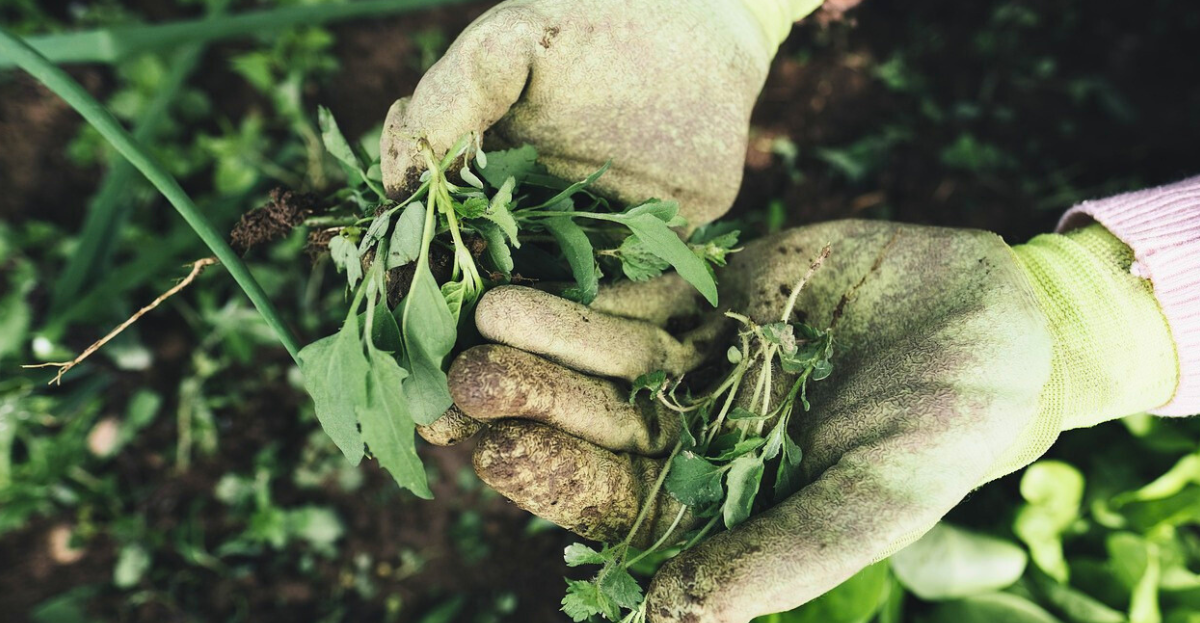
Weed Management Without Chemicals
Mulching : Cardboard, compost, straw or wood chips suppress weed growth and feed the soil.
Hoeing : Regular light hoeing is effective, especially in dry weather.
No-Dig Methods : Disturb soil less, which brings fewer weed seeds to the surface.
Crop Rotation and Dense Planting : Limit space and resources available to weeds.
Hand-pulling : Necessary for persistent offenders like bindweed.
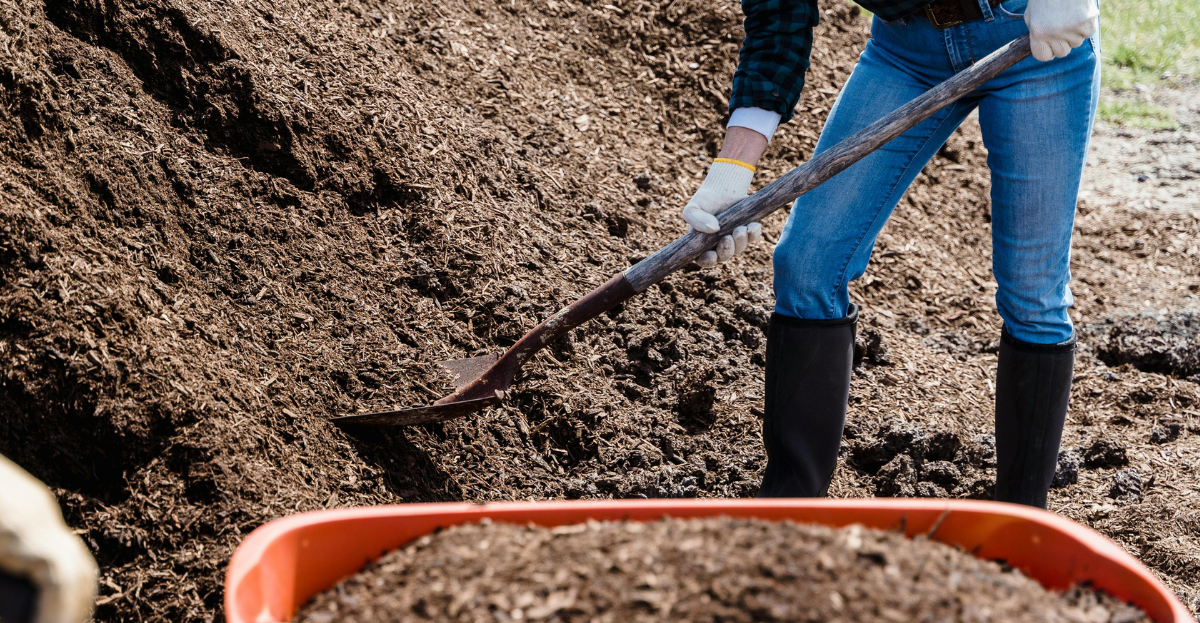
So next time you spot a weed, pause before pulling—it might just be trying to help.
Become a National Allotment Society member and help to preserve and protect allotments for future generations.
You'll also gain a range of benefits including free liability insurance, initial legal support, expert advice and much more.
